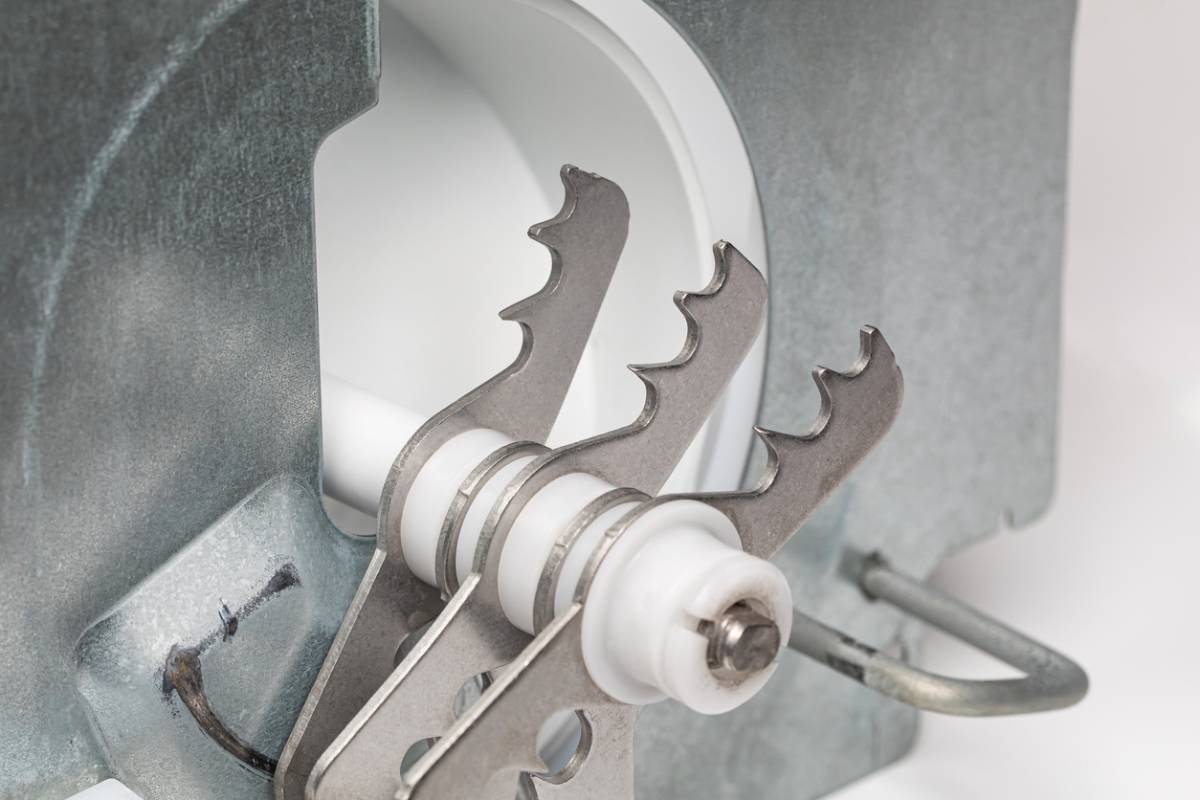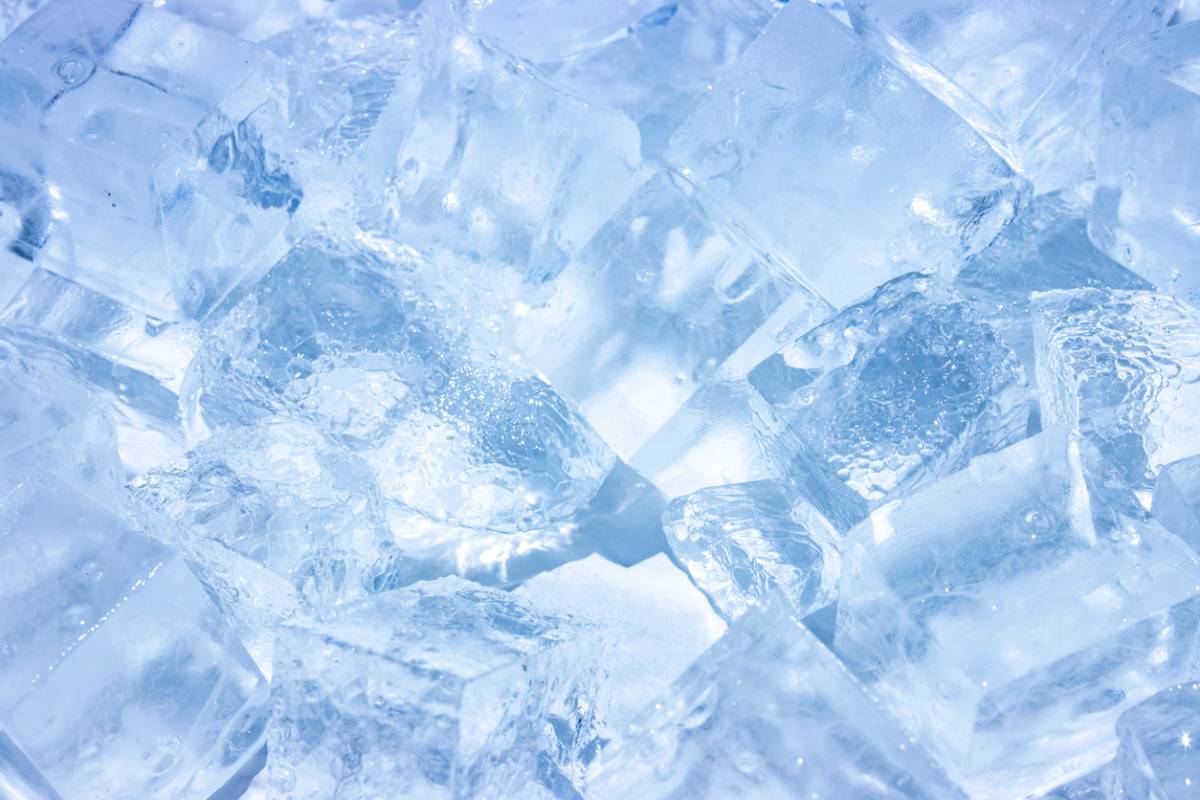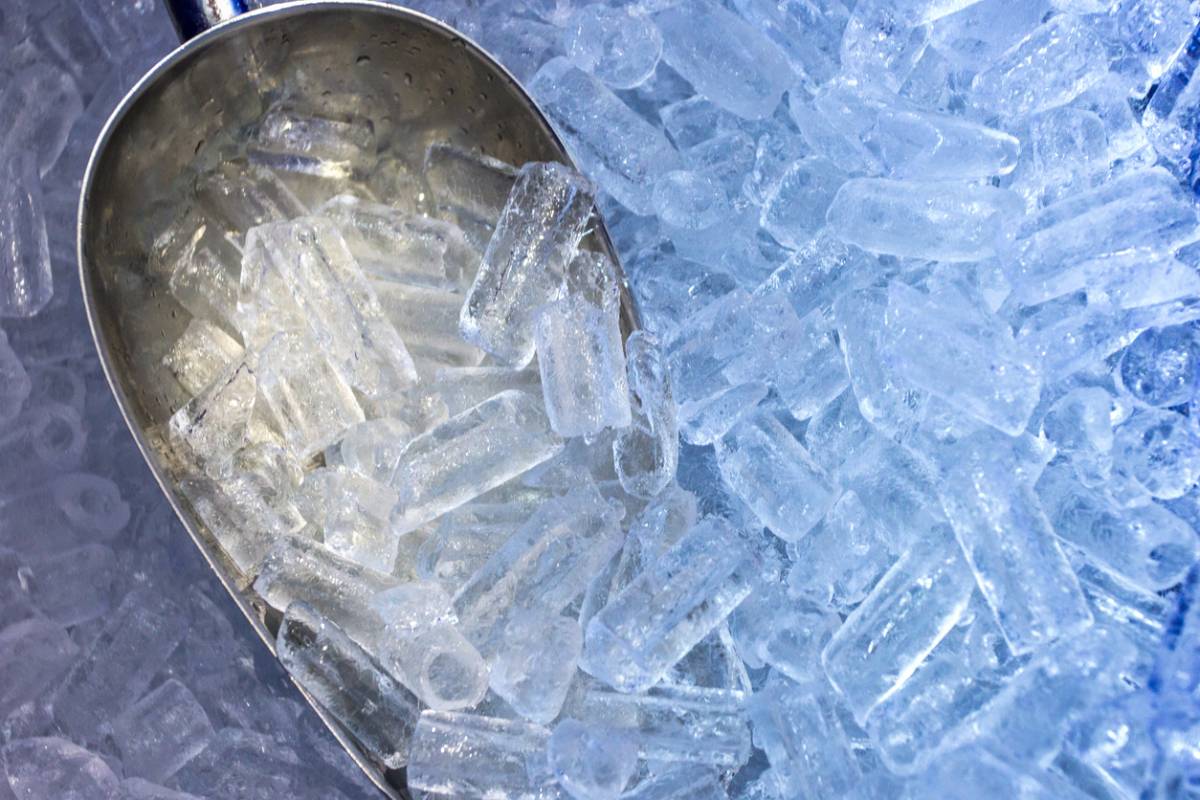There is nothing quite like a cold beverage filled with refreshing ice. Whether it’s a Coke or even water, nothing quite compares to fresh ice. Ice machines are a necessary part of every commercial kitchen. They can enhance the beverages you offer but they do require regular maintenance. A quality ice machine can last over a decade or more if taken care of. Is it time to replace your ice maker machine? Below, you will find helpful tips to determine the quality of your current ice machine.
Is It Time to Replace Your Ice Maker Machine?
There are a number of signs that indicate it’s time to get a new ice machine. Serving quality ice is important as it can dramatically improve a drink. If you notice any of the following, consider purchasing a new ice machine in the near future.
Poor Ice Quality:
A working ice machine should produce consistent and quality ice. This includes the shape, appearance, and taste. If you notice changes in the quality of ice the machine produces, it can be a sign of internal problems. Ice maker machines require regular maintenance, so examine the issue as soon as it arises.
Reduced Production:
Changes in the amount of ice produced indicate potential issues. If you regularly maintain and clean your ice machine, the production issue could be due to natural wear and tear. Before you replace the machine, clean the machine properly. If the issue persists, contact a beverage equipment supplier for a new ice machine.
Slime Buildup:
It’s necessary to clean your ice machine regularly. If you don’t clean the machine, it can easily impact the quality of ice. Slime buildup can produce cloudy ice that has a yellow or green tint. This is not only unsightly, but it can also be a health hazard. People with weakened immune systems can get really sick from contaminated ice. If this buildup has occurred for too long, it’s time to replace your ice machine to reduce the risk of illness in patrons.
Mineral Deposits:
Local water companies are responsible for removing contaminants from the water. However, they only remove the ones that are harmful to human health. Other minerals left over can impact the quality of your ice. Most often, mineral deposits lead to ice that looks cloudy and has a smelly taste. Excess mineral deposits can impact the quality of your ice and your business. Consider purchasing a new ice machine and regularly cleaning and managing it for optimal ice production.
Old Machine:
Older machines may malfunction and require new parts. This can be difficult to address as older machines may have obsolete parts. If you are struggling with an older ice machine, despite regular maintenance and cleaning, it may be time to replace it. Starting fresh can be beneficial for your business. New ice machines require less maintenance than older machines. They are also less likely to break down due to wear and tear.
The Importance of Quality Ice
Americans are known for their obsession with ice. Quality ice that is refreshing and satisfying is something people desire and prioritize when choosing a place to eat. Quality ice significantly improves soft drinks, cocktails, and even water. They also maintain the temperature of the drink so it stays cold for your entire meal. Due to the importance of ice to patrons, it’s important to ensure you serve quality ice. Serving quality ice starts with an ice machine that delivers. Getting a new ice machine can be a great investment in your business. Continue to clean and maintain your ice machine regularly for the best results.








